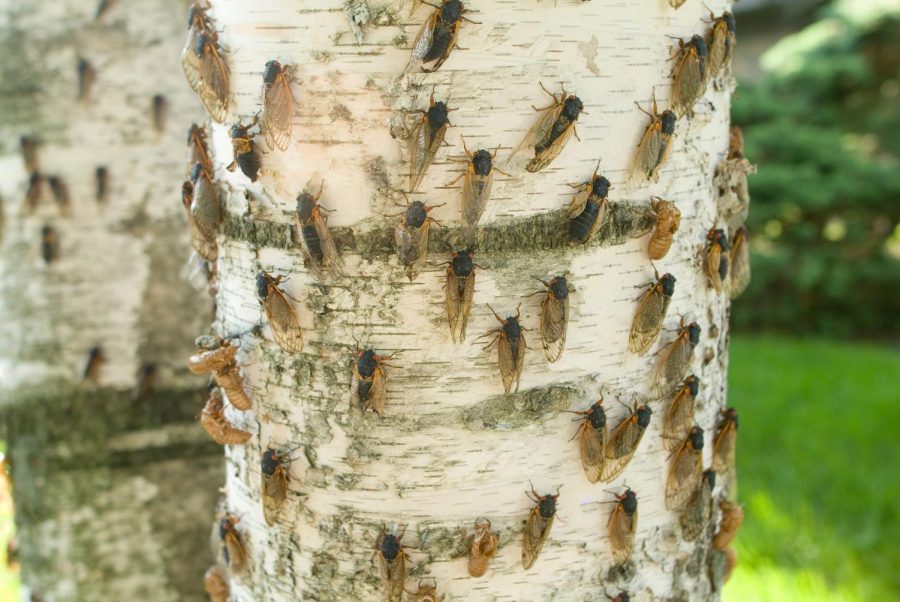Dr. Baldomero Olivera presented his work on “Venomous Fish-hunting Cone Snails: From Evolution to Drug Development” to faculty and students in Winston Hall on Monday, Sept. 24.
Olivera is a Distinguished Professor of Biology at the University of Utah and a member of the U.S. National Academy of Sciences, with a PhD in Biophysical Chemistry from the California Institute of Technology. His cutting-edge research was featured as part of Wake Forest’s Frontiers in Biology seminar series.
Olivera’s current work focuses on venomous marine snails, specifically researching their behaviors and evolutionary strategies, as well as chemistry and pharmaceutical applications of the toxins they produce.
Cone snails, of the family Conidae, and the smaller, deep-dwelling Turrids are venomous, predatory gastropods found around the globe. Individual species specialize on a wide variety of prey, from marine worms to fish and other snails, and they are especially diverse in the Indo-Pacific, including in Olivera’s native Philippines. On his original decision to study venomous snails, Olivera said “The truth of the matter is we had nothing else to do.” His research lab had few resources at the time, and snails were relatively easy to obtain for study.
Olivera’s research choice was fortunate for many because his work on snail venom has led to the development of Prialt, a drug for intractable pain that has become the primary alternative for patients with a resistance to morphine. His research group and collaborators are currently working on additional drugs to treat bone cancer pain, epilepsy, diabetes and also chemotherapy-induced peripheral neuropathy, or nerve damage (CPIN). “We have high hopes that this will change how chemotherapy is done,” Olivera said.
The secret to these amazing medical discoveries is the complex nature of cone snail venom. Even a single species of snail can have a diverse combination of toxins in its venom that have a variety of different effects, from paralyzing the prey to blocking neuron repolarization, an effect Olivera described “as if the snail fired a powerful Taser at the injection site.”
A number of informative videos accompanied Olivera’s descriptions, demonstrating several hunting techniques that the snails employ, as well as the interesting behavioral effects that cone snail venom can have on their prey.
After the talk officially ended, most audience members stayed late to collect their own samples of tiny snail shells from a pile on the podium and listen as Olivera detailed his recent neuroscience research, which utilizes a new technique to study chemical effects on neurons without the need for animal test subjects.
Olivera gave a lot of the credit for his discoveries to his collaborators and to his research subjects. “The snails are really pretty good medicinal chemists,” he said. However, it has been Olivera’s ability to recognize opportunities and apply new and evolving methods that has kept his work at the frontiers of biology.
“Everything in life is changing. Science is changing,” said William Farfan-Rios, a PhD candidate in the Biology Department. He added that collaboration between scientists is key, pointing out how Olivera relied on others to help him connect behavior, genetics, and chemistry, apply his findings to medicine, and stay at the cutting-edge of his field.
“You have to change with the world,” Farfan-Rios concluded. “That’s the message of this talk.”








